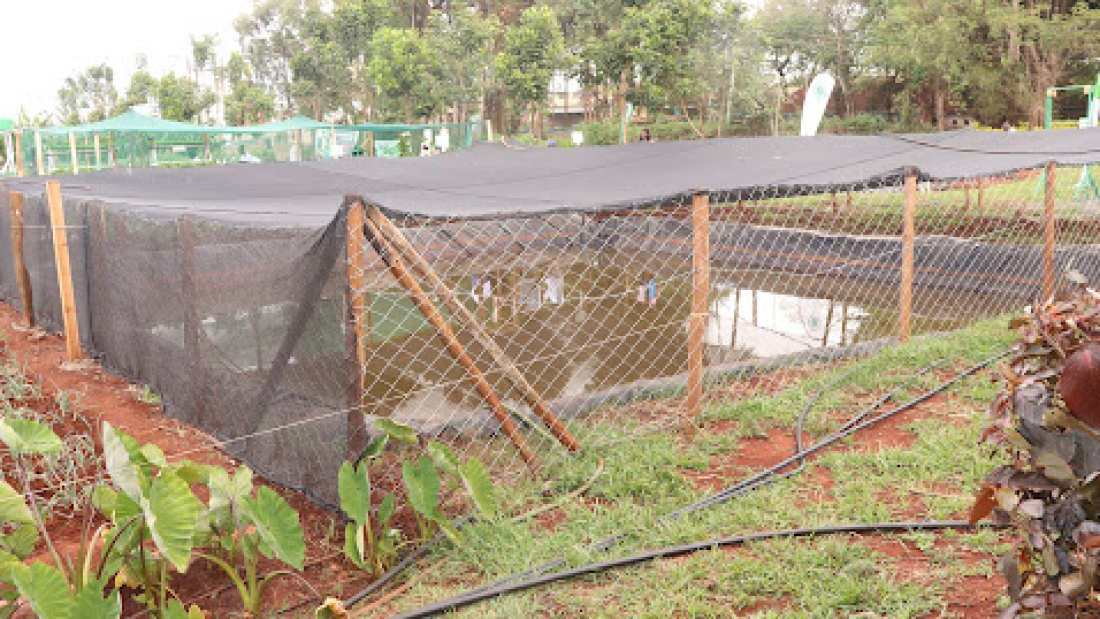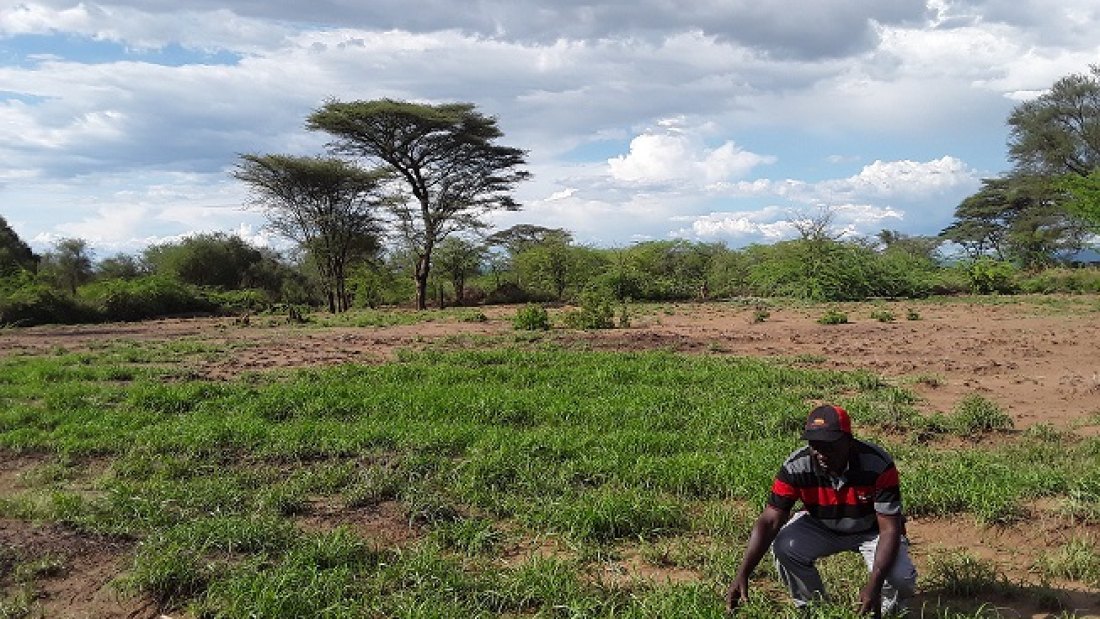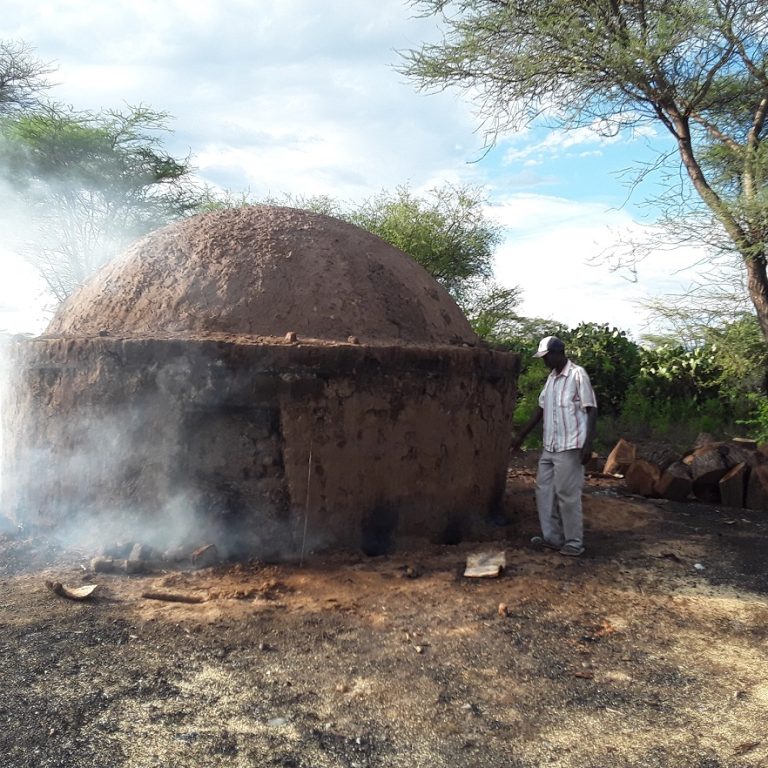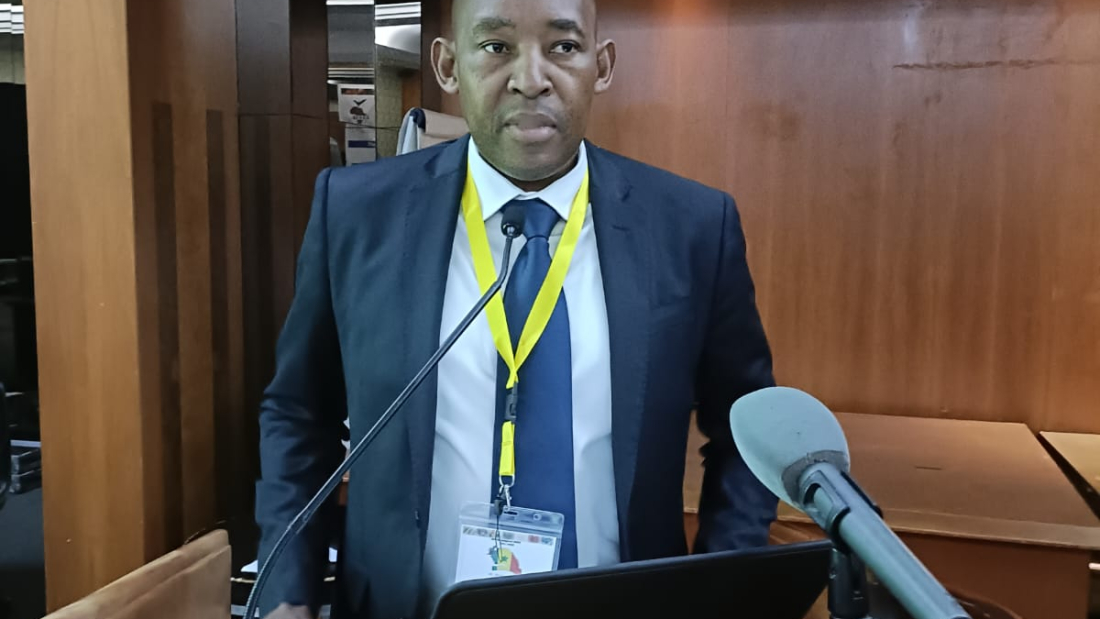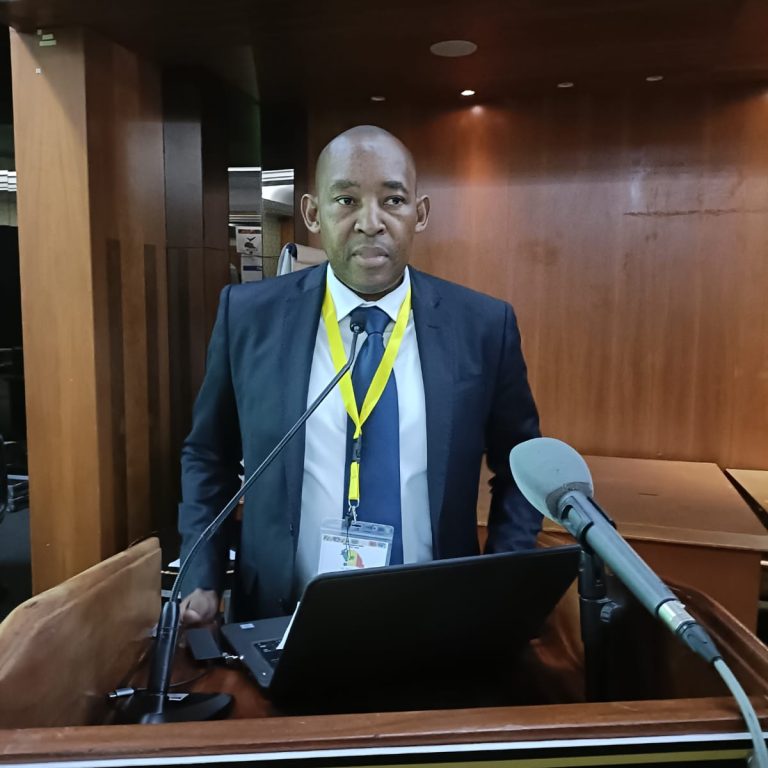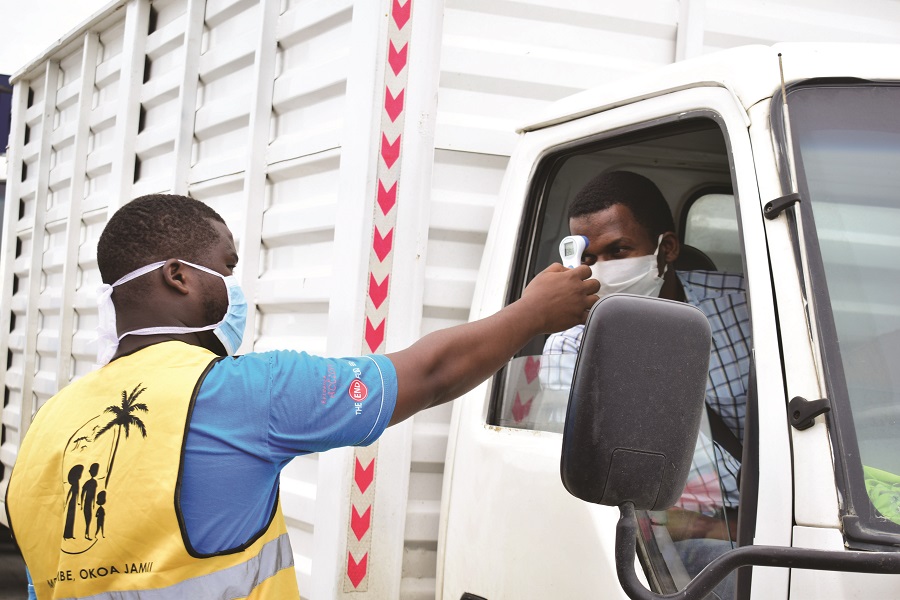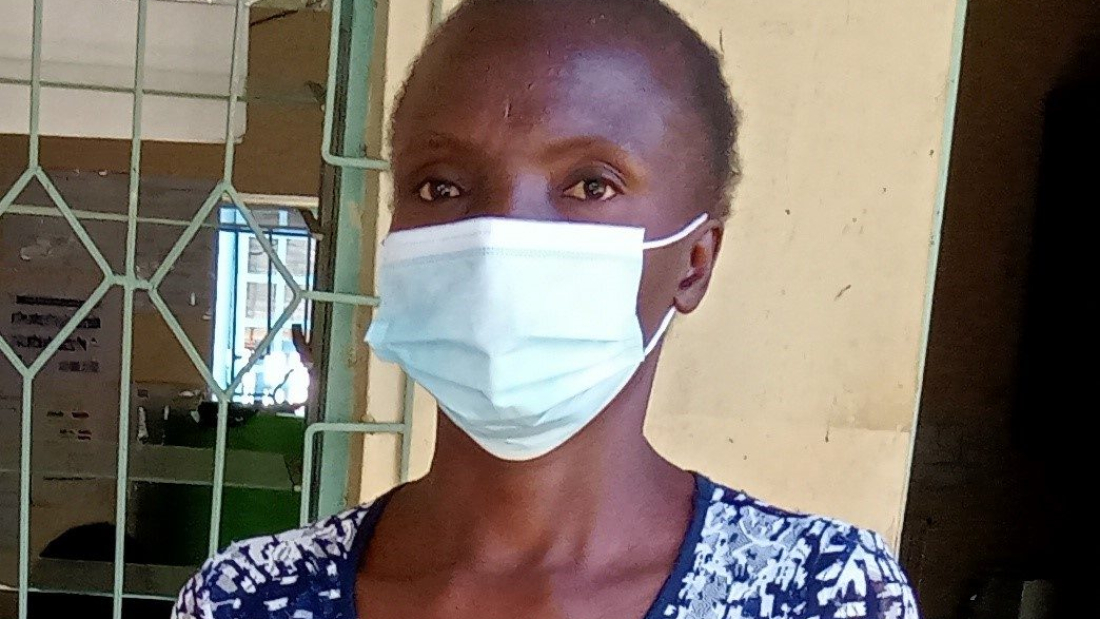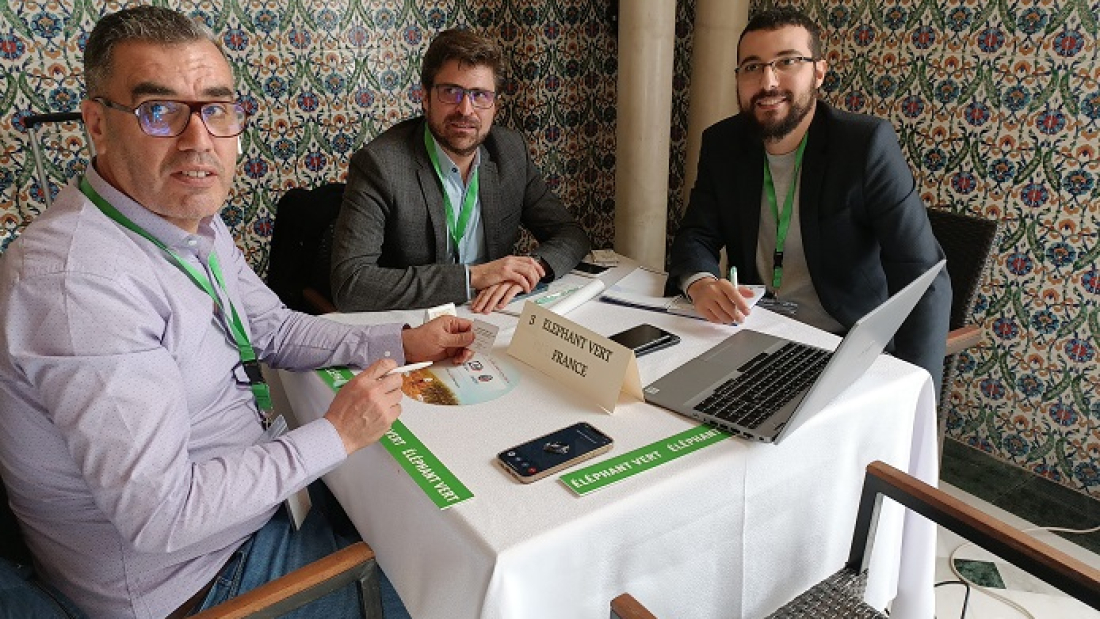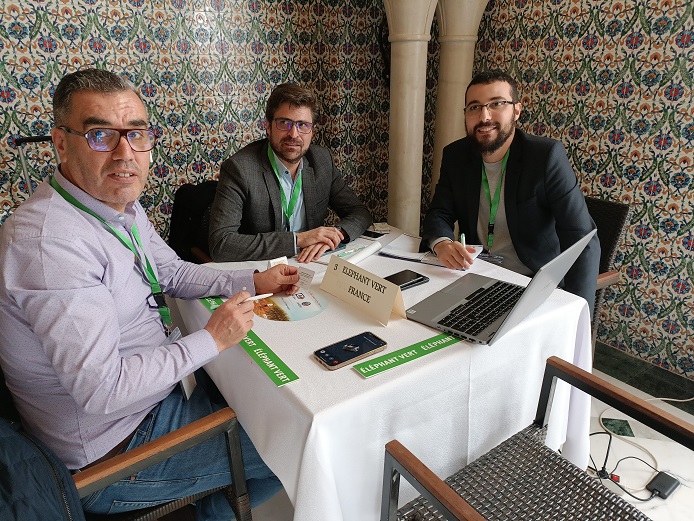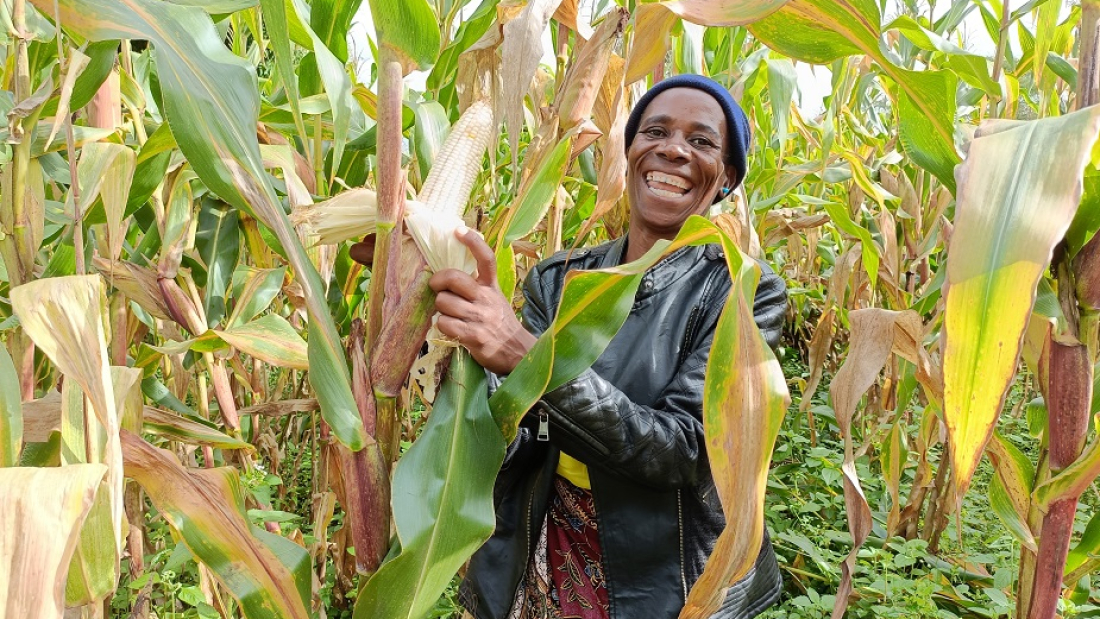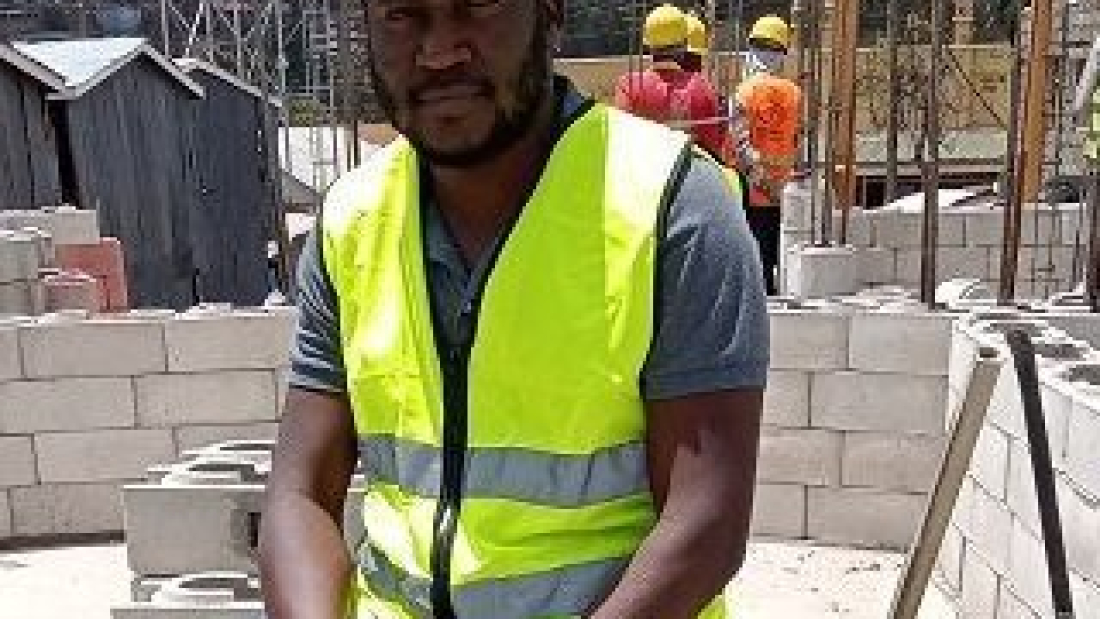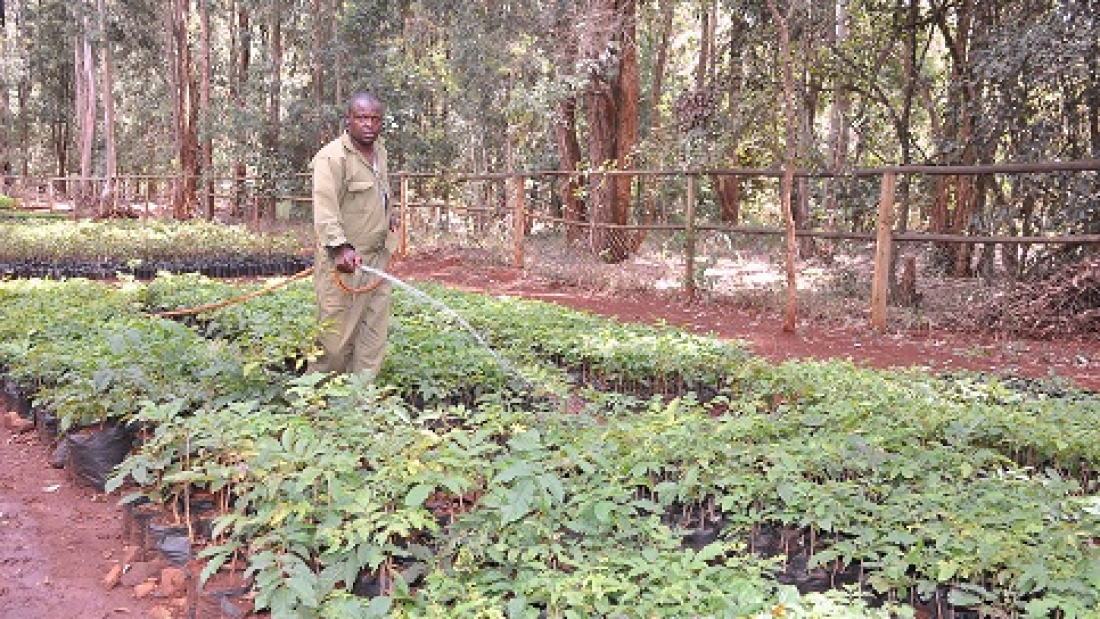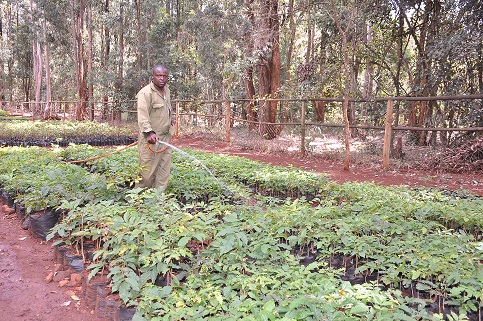Agricultural researchers and scientists at Jomo Kenyatta University of Agriculture and Technology (JKUAT) couldn’t contain their excitement as they witnessed a bountiful maize harvest.
The Kenyan maize variety, DKC90-89, was planted on June 2 in JKUAT’s Modern Agriculture Demonstration Area (MADA) and yielded 50 per cent more harvest than those in surrounding farms.
“We have been doing research mainly on maize in the agricultural research farm here in JKUAT, focusing mainly on how to improve the yield per hectare of our main crop besides mitigating the climate change impacts,” said lead researcher, Prof David Mburu.
The researchers and scientists said DKC90-89 is not genetically modified. The improvement in yield was simply an outcome of optimised agronomic practices such as proper spacing, mulching, irrigation and effective pest control.
Registering 2,700kg yield per acre in the demonstration area, the crop has shown potential to reverse maize shortage in Kenya and contribute to food security for the population.
As COP27 discussions concluded in Sharm El-Sheikh, Egypt, Prof Mburu said his team has been conducting agricultural experiments that can feed the masses while keeping a tab on climate change.
He said they have been monitoring greenhouse gas emissions in the agricultural production system and experimenting with different treatments to see which one emits the least. They have also conducted experiments outside the university in farmers’ fields in some of the driest parts of the country.
“We have done trials with farmers in a way of transferring the technology that we develop here to the farming community so that they can also benefit from technologies that improve the maize yield while reducing carbon emissions,” said Prof Mburu.
Prof Robert Gituru, the Kenyan Director of the Sino-Africa Joint Research Centre (SAJOREC), says food security is a prerequisite for development, comfort, and good life. He says the three cannot exist without agriculture.
“The harvest time has come and we are very glad to note that the productivity of the crop that we established inside this plot was very good. Actually it was extremely encouraging compared to the similar crop outside the demonstration area,” said Prof Gituru, adding, “We realised 50 per cent more produce.”
In 2019, the Wuhan Botanical Garden under the Chinese Academy of Sciences and JKUAT, signed a Memorandum of Understanding (MoU) on collaboration and the establishment of MADA at JKUAT.
According to Prof Yan Xue, Executive Director of the SAJOREC at the Chinese Academy of Sciences, the researchers have also worked on other cutting-edge agricultural produce that can adapt to local climate and have yielded successful results in the past three yields.
He added that in the upcoming months, they hope to introduce kiwi fruit from their Botanic Garden and support the expansion of numerous varieties, including high-yield peanuts, hybrid rice, and other crops.
“It’s my high expectation that the existing collaboration between CAS and JKUAT will continue to grow from strength to strength for the mutual benefit of our research and capacity building. I hope that the achievement of MADA can be taken up and validated by the local people,” said Prof Yan.
Zhou Pingjian, the Chinese Ambassador to Kenya, stated during the harvest ceremony at JKUAT that hard work is not enough. Instead, he added, it was necessary to merge it with science, technology, and education to increase the output of maize and other agricultural produce.
“Everybody values the importance of food adequacy. So as a policy we are willing to deepen cooperation with our friends particularly African friends who is Kenya, through our cooperation in this field,” said Dr Zhou.
Prof Victoria Ngumi, Vice Chancellor of JKUAT, said witnessing the ceremony was one of the most fulfilling outcomes of JKUAT researchers and scientists from the Chinese Academy of Sciences on maize production.
She said the news of the 50 per cent more yields than crops in the surrounding area planted with the same cultivar revealed the importance of international research partnerships in solving cross-border problems.
“In this project, a Chinese technology was applied in Kenya and the outcome now promises to revolutionise maize production with potential impacts going beyond Kenya. As a university we are proud of this enviable outcome of our collaboration with Wuhan Botanical Garden Chinese Academy of Sciences,” said Prof Ngumi.
Many farmers, especially those in water-scarce areas, can only feel hopeful with this agricultural technology that has increased maize production for Kenya when the nation is experiencing a food supply shortage due to the prolonged drought.
According to Prof Ngumi, the technology will significantly increase local production of the staple crop while also demonstrating the validity of research as the only viable solution to societal obstacles like those encountered in the agricultural sector.
Kenya’s October 3, 2022 decision to lift the 2012 ban on GM crops has raised mixed reactions among advocates and critics of the technology.
In November 2012, then Public Health and Sanitation Minister Beth Mugo banned importation of all Genetically Modified Organisms (GMOs) into the country.
Ten years later, President William Ruto has now overseen the opening up of the country to GM crop cultivation in a move that promises to unlock a multi-billion-shilling market for researchers and firms involved in the development, sale and marketing of genetically engineered seed and other planting materials.
Soon after the president’s announcement, the Media for Environment, Science, Health and Agriculture (MESHA) hosted a panel of scientists from both sides of the GM divide in a cafe on October 4, 2022.
Horticultural trade specialist Dr Sarah Olembo said the decision was taken in haste, without public participation and in violation of the 2000 Catargena Protocols that require buffer zones between GM and natural zones.
The Cartagena Protocol on Biosafety to the Convention on Biological Diversity is an international agreement that aims to ensure the safe handling, transport and use of living modified organisms (LMOs) resulting from modern biotechnology that may have adverse effects on biological diversity, taking also into account risks to human health.
It was signed by 103 countries in 2000 and came into effect in September 2003.
“The protocols provided for the cultivation of GM crops in specific zones while creating buffer zones between them and other natural zones. This has not yet been done in Kenya,” said Dr Olembo.


